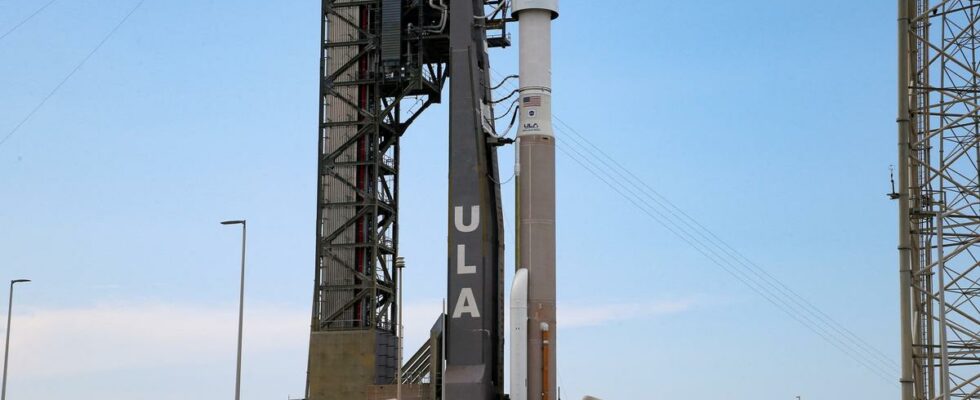The first crewed space flight of the Boeing spacecraft, already postponed many times, is preparing to take off on June 1 without having repaired the helium leak spotted after the cancellation of the previous attempt.
The first crewed space flight of Boeing’s Starliner spacecraft, already postponed many times, is preparing to take off on June 1 without having repaired a helium leak detected on the spacecraft, the American company and NASA announced on Friday. The launch of this mission to the International Space Station (ISS), crucial for Boeing and awaited for years, has already been postponed numerous times.
The takeoff was canceled at the last moment on May 6, while the two astronauts forming the crew were already installed on board, because of a problem with a valve of the rocket, now repaired. NASA then announced that it had detected a “small helium leak” on the ship. Helium is used for the ship’s propulsion system, explained Boeing, which said it was working to resolve the problem with NASA.
Flights “already carried out with similar leaks”
But Boeing and NASA made the decision to take off the spacecraft without repairing it, officials told journalists. “We can manage this leak, even if the rate were to be 100 times greater”, declared Steve Stich, senior official at the American space agency. The problem affects only one of the 28 thrusters controlling the ship, he explained, adding that some flights had already been carried out with similar leaks.
Mark Nappi, manager at Boeing, assured him that fixing this leak would have been a process “quite complex” and would have required dismantling the vessel. Instead of repairing it, NASA teams will monitor it closely several hours before takeoff scheduled for June 1 at 12:25 p.m. (4:25 p.m. GMT) in Florida. Boeing is playing big on this final test mission, which should allow it to demonstrate that its ship is safe before starting regular missions to the International Space Station (ISS), four years behind SpaceX.
For NASA, which ordered this vehicle ten years ago, the stakes are also high: having a second vehicle in addition to that of SpaceX to transport American astronauts should make it possible to better respond to “different scenarios” emergency, for example in the event of a problem on one of the vessels.

